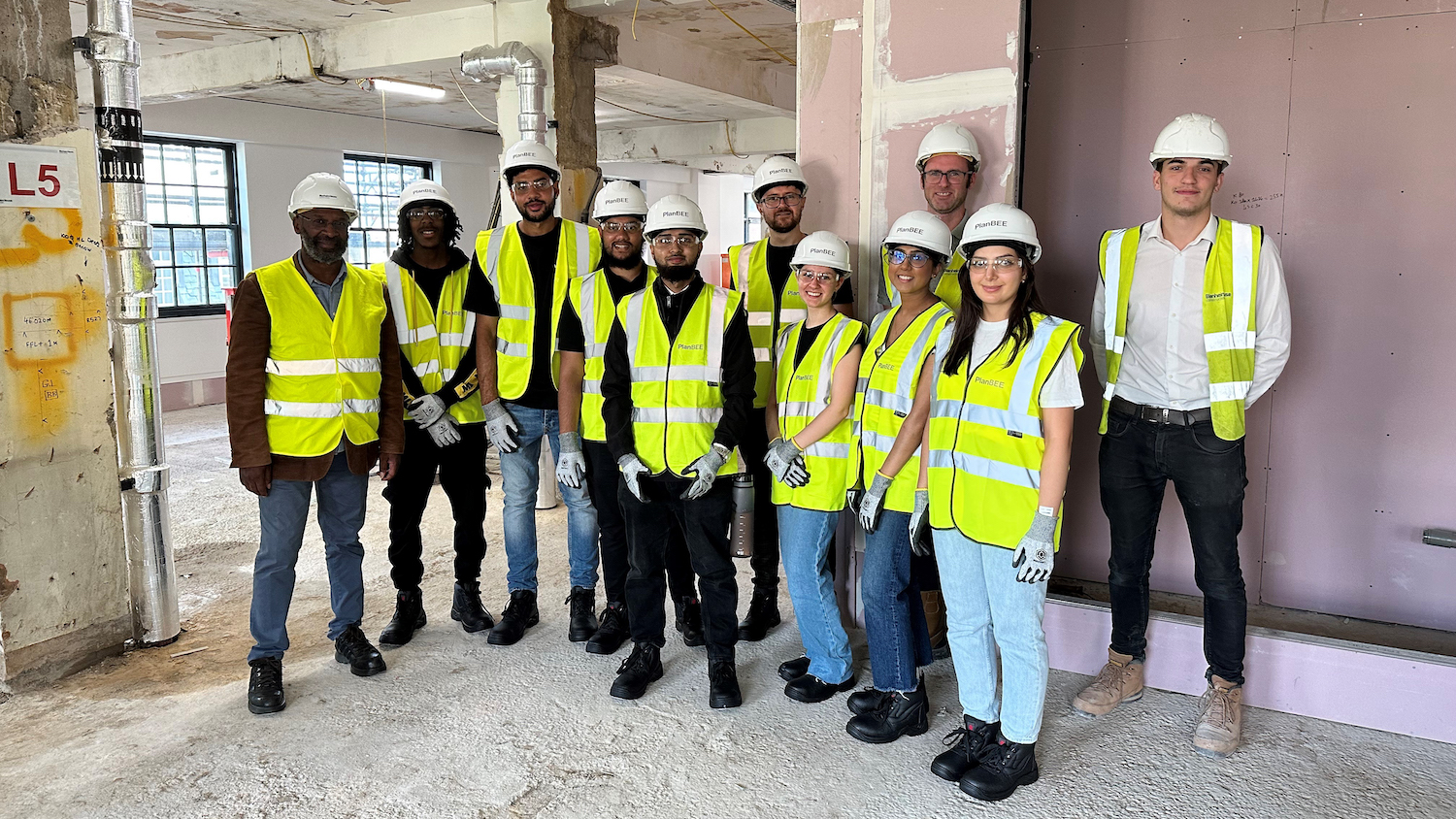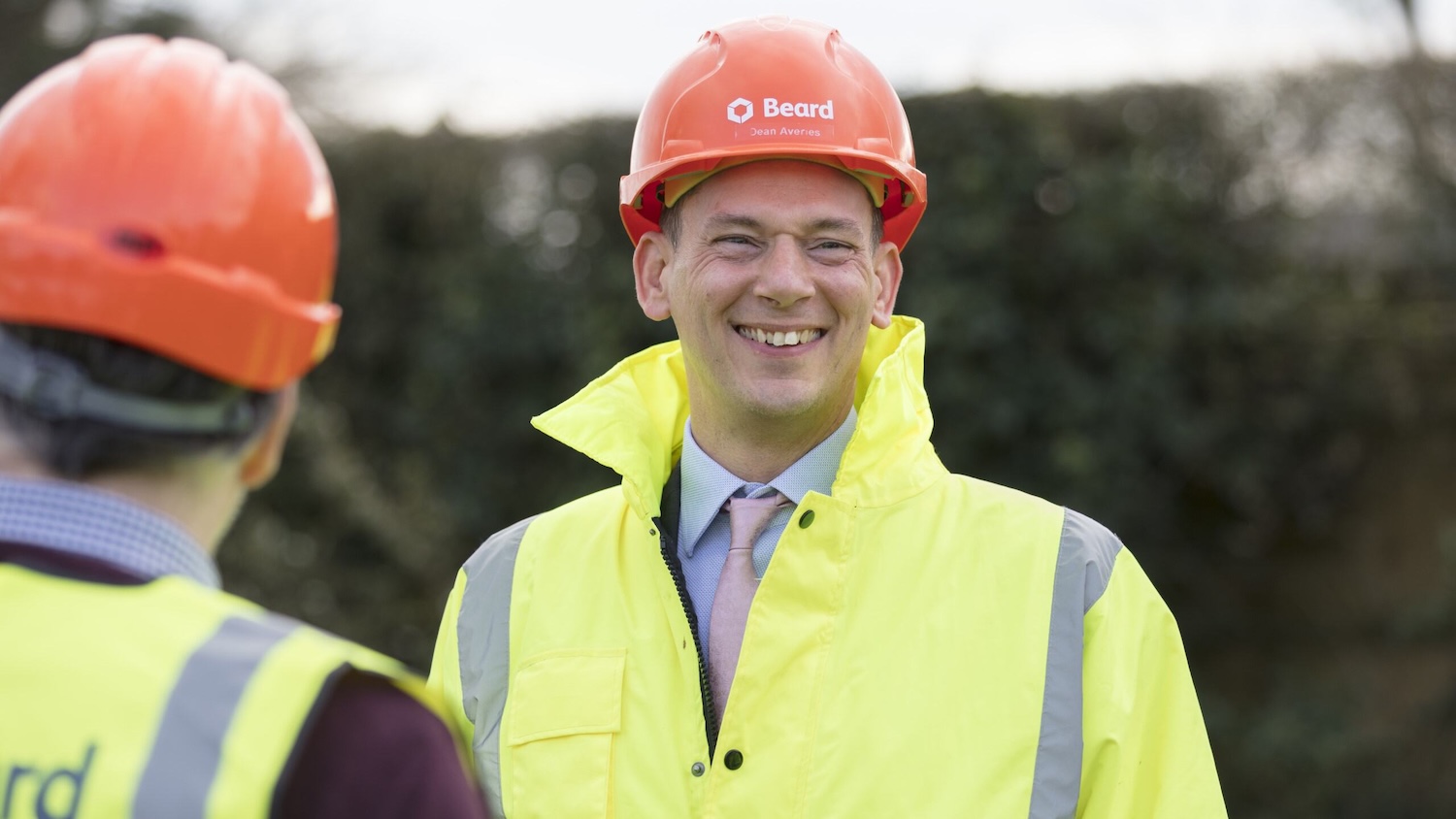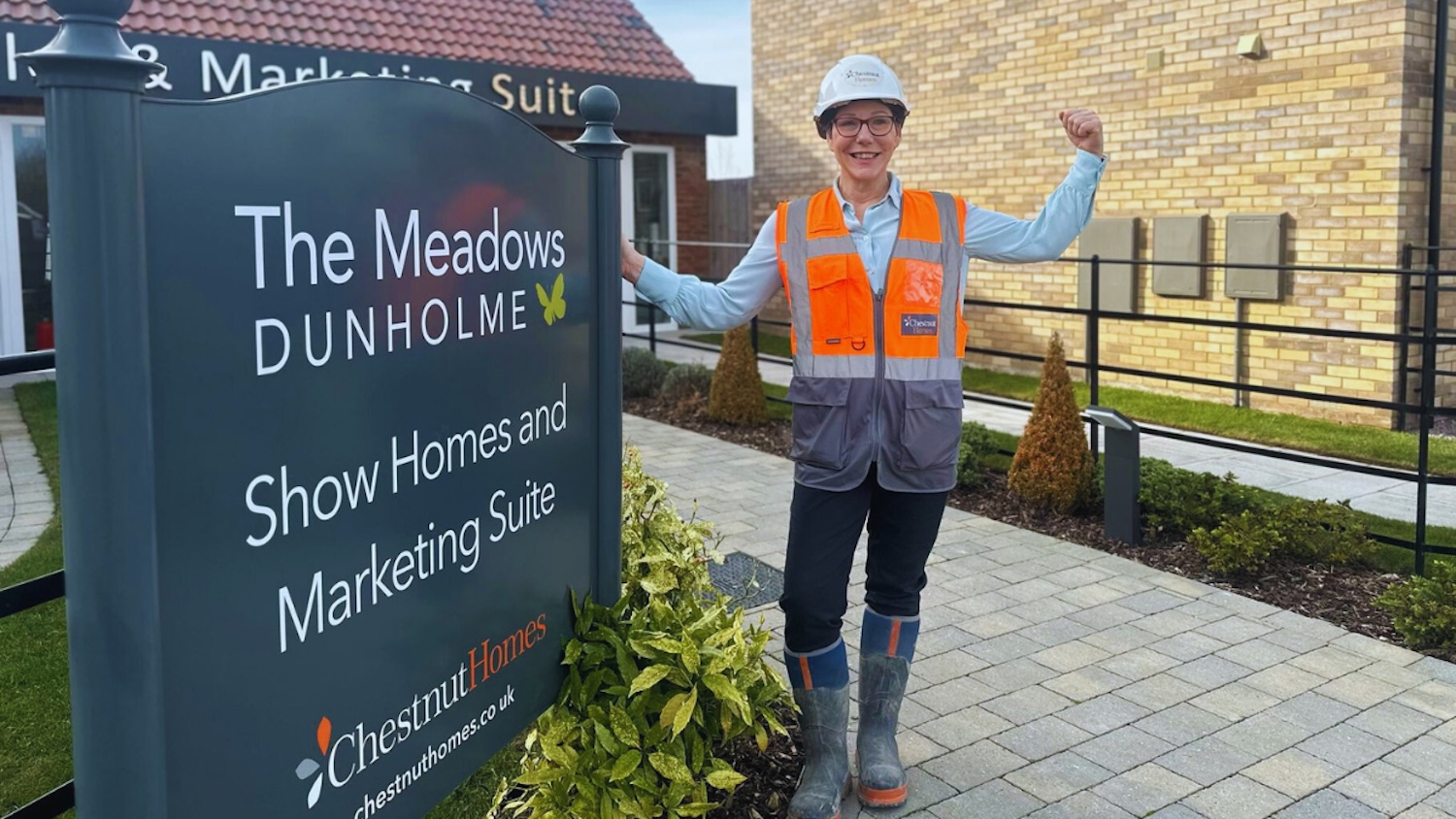
Calling built environment employers: it’s time for PlanBEE
Peter Barker, partner at Ryder Architecture, explains how the PlanBEE programme is disrupting the traditional approach to apprenticeships
Tell us about the PlanBEE apprenticeship programme and why it was established.
As an architectural practice, we’ve always been creative in our thinking and disruptive in terms of trying to change and improve how young people can be provided with rewarding careers in the built environment.
As an employer, many of us were frustrated by the siloed nature of routes into built environment careers.
The disciplines didn’t really talk to each other during the educational process, so undergraduate and graduate architects were coming to us with a very narrow understanding of what the built environment was really about. They also had very little practical experience.
Back in 2016, we joined forces with a group of fellow employers based in the North East of England. We came together to create a practical employer-led multidisciplinary programme – PlanBEE – that gives young people the opportunity to work in the built environment via a route that is an alternative to university.
We partnered with Gateshead College to develop the programme. The team at the college have been very progressive and enterprising in their thinking.
In the North East, the programme has gone from strength to strength. It is now supported by a consortium of more than 20 local and national businesses representing a wide range of professional disciplines, including architects, contractors, engineers, surveyors and digital construction specialists.
How has the programme expanded in other regions?
We have rolled out the programme in Manchester and London. In 2021, Manchester City Council heard about the programme and really got behind it. The programme is now flourishing in the city.
Replicating that success, last year we started working with the London School of Architecture. Chief executive Neal Shasore is committed to encouraging young people from underrepresented backgrounds into professional and rewarding careers in the built environment.
With the school as an ally in London, we launched the programme there in September 2023. We’re currently looking for more London-based employers who can provide placements for future candidates.

The rotational nature of the apprenticeships is unique. By the end of the two-year programme, the apprentices will have gained a huge amount of practical experience. As a result, they will be incredibly valuable assets to those employers
What makes PlanBEE different to other apprenticeship programmes?
As a multidisciplinary programme, apprentices rotate through six different employers over the course of two years.
They have four months working with an architectural practice, four months with a contractor and four months with a quantity surveyor.
Then, in the second year, they gain similar experience in structural engineering and building services engineering.
The rotational nature of the apprenticeships is unique. By the end of the two-year programme, the apprentices will have gained a huge amount of practical experience. As a result, they will be incredibly valuable assets to those employers.
How are apprentices selected?
It’s an intensive programme, so we only want the very best apprentices. That is largely based on their attitude and enthusiasm. We welcome candidates who are over 18 with a minimum of three Cs at A Level, relevant BTEC Level 3 qualification, T Level or equivalent 96 UCAS points.
We also ensure that about 75% of the interview panel is made up of employers. It is so important that they are involved with that process.
We also have monthly meetings with those employers to ensure that they remain engaged with the programme.
That has become a great business network – we have developed a strong community of businesses in the different regions where the programme is now being delivered.
Is the programme only available for larger companies?
No, the programme is really flexible. We’ve got big names like Sir Robert McAlpine, Turner & Townsend and Mace all the way through to SMEs that might have a workforce of 10 to 15 people.
The programme suits any built environment company that is prepared to pay an apprentice’s salary and give them valuable work experience. Without all these employers, the programme just wouldn’t exist.
What commitment is required from employers?
Employers need to commit to sponsoring an apprentice for two years. Sponsorship involves having an apprentice work in their business for four days a week.
They have to pay the apprentice’s salary and a minimal administration charge of just over £80 per month.
In the capital, apprentices receive the London Living Wage, and in other regions they receive the National Living Wage.
A lot of employers are intimidated by what they perceive as the complexity of hiring an apprentice. PlanBEE helps to remove those complexities. An employer just has to say ‘yes’
We also ask employers to pay the apprentice’s pension contribution, but they don’t pay any tuition fees. Tuition fees are paid through the company’s apprenticeship levy.
A lot of employers are intimidated by what they perceive as the complexity of hiring an apprentice. PlanBEE helps to remove those complexities.
The beauty of the system is that an employer just has to say ‘yes’. They don’t have to be embroiled in setting up a new apprenticeship mechanism within their business.
We would advise employers to have an in-house mentor to support apprentices. Each apprentice is expected to address specific knowledge, skills and behaviours as they progress over the two years.
As such, they can work closely with their mentor to ensure they have covered all those areas by the end of the placement. It’s a fantastic opportunity to provide practical experience for apprentices and, ultimately, help to prepare them for the world of employment.
- For more information about PlanBEE, visit www.ryderarchitecture.com/planbee/ or contact Peter at PBarker@ryderarchitecture.com







